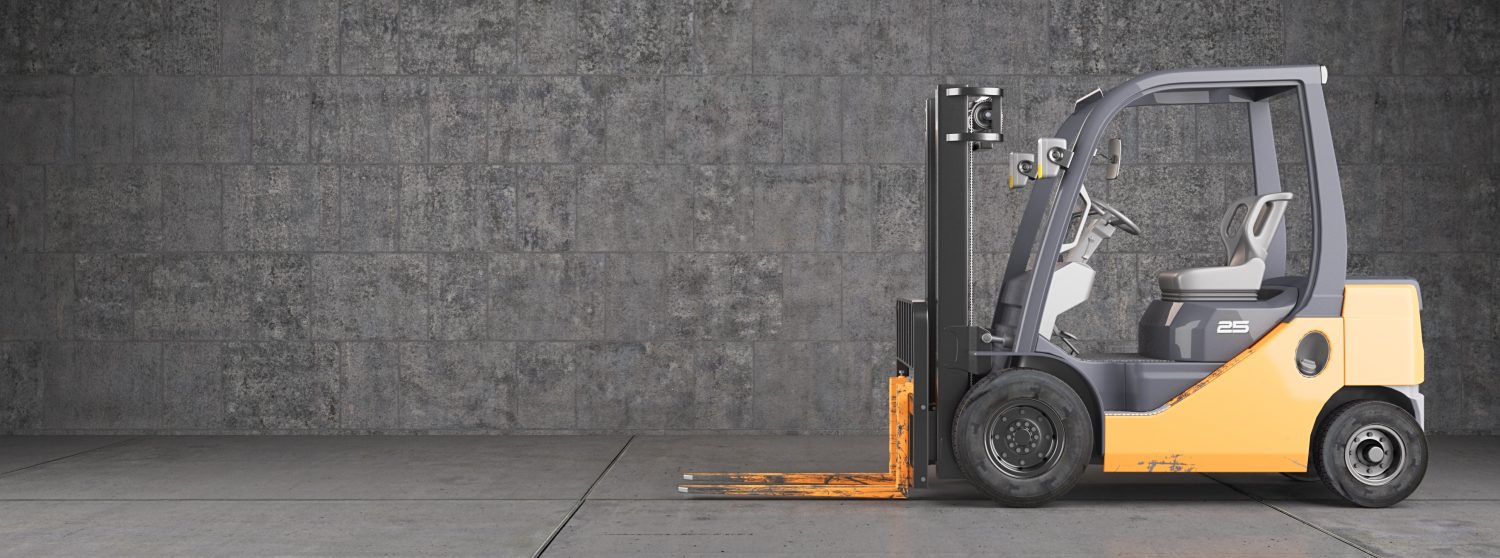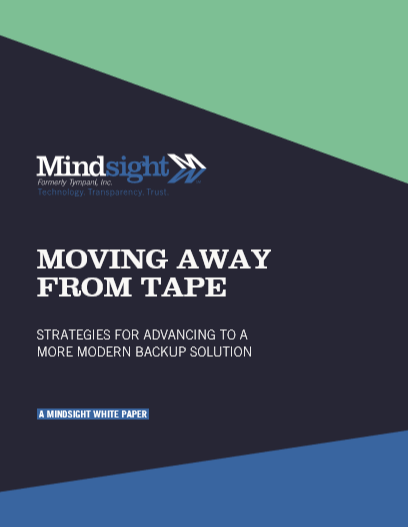October 16, 2018 by Siobhan Climer
The manufacturing industry remains the backbone of the U.S. economy, and new technological developments impact the sector every day. While some manufacturers are beginning to implement technologies like the cloud, new developments in AI, machine learning, and IIoT are lining up to knock down silos and inefficiencies, building a new future for manufacturing in the U.S.
The rise of new infrastructure platforms and devices means an explosion in data, and that data needs to go somewhere. Unfortunately, even manufacturers who do strategically implement technologies to analyze valuable data often lack the infrastructure support to manage their data securely and purposefully. Now more than ever it is important to develop a manufacturing backup and disaster recovery (DR) strategy that aligns with your data collection and use policies to protect your environment should the worst occur. From downtime to power outages, cyberattacks to natural disasters, a catastrophic event can strike at any time. A manufacturing backup and disaster recovery strategy will help prepare manufacturers for the future of both the industry and the greater global economy.
Manufacturing Is Different
To develop a manufacturing backup and disaster recovery strategy is a unique proposition. Until recently, manufacturing continued to operate mostly independent of the major technological threats affecting other industries in the larger U.S. economy, such as data breaches and ransomware. While manufacturing certainly has its challenges, physical isolation and supply-chain dynamics put barriers in place to protect against the existential threats plaguing the broader market.
That is no longer the case.
Manufacturers are no longer siloed off from the connection-centric technology trends. And while that is generally a good thing, the manufacturing industry has a lot of work to do to catch up with DR strategy. When a DR team begins to develop a manufacturing backup and disaster recovery strategy, they need to examine the complexity of an industrial network, data use and analytics, and climate and geo-political variations. Then comes the implementation step. Regardless of whether the IT team manages this on their own or finds a trusted advisor to act as an extension of their team, it’s a lot of work to do.
To get started, we’re going to look at some of the milestone steps needed to develop a manufacturing backup and disaster recovery strategy.
Steps To Develop A Manufacturing Backup And Disaster Recovery Strategy
Build a backup and disaster recovery team
Best practices indicate that it is essential to assemble a team to develop a manufacturing backup and disaster recovery strategy. The team should include enough skilled individuals to fulfill the following roles:
 DR Team Chairperson(s) – Those team members responsible for providing direction, leadership, governance, and organizational authority. They assign the research, develop and implement the DR strategy, and assume responsibility.
DR Team Chairperson(s) – Those team members responsible for providing direction, leadership, governance, and organizational authority. They assign the research, develop and implement the DR strategy, and assume responsibility.
DR Team Coordinator(s) – Those team members responsible for creating the plan, implementing leadership decisions, and working across all departments to ensure clear communication and role knowledge. This may include regulatory, executive, or legal knowledge.
DR Team Operation Manager(s) – Those team members who provide operational expertise.
DR Team Technical Manager(s) – Those team members who provide technology expertise and IT management experience.
DR Team Administrator(s) – Those team members who administer communications and work with DR Team Coordinators to implement the DR plan during a disaster.
DR Partner(s) – Those team extensions formed by managed service providers that increase the knowledge base and experience of the team.
As in any team, communication is key and cannot fall to any one team member. In addition, simply having someone in a role is not enough. The members of this team must be trustworthy, capable, and prepared to manage backup and disaster recovery strategy before, during, and after a disaster event.
Perform risk assessment
Network downtime? Power outage? Hurricane? Fire? Cyberattack? It is essential to determine what poses the greatest risk before the DR Team begins to develop a manufacturing backup and disaster recovery strategy. Every manufacturer is different, and even within one business, various facilities and operational functions may experience different risks. Performing a risk assessment helps the team to determine priority listing for risk and begin to strategically implement a DR strategy that protects mission-critical infrastructure and information first.
Identify mission-critical facilities, resources, and functions
Once the DR team performs a risk assessment, the team must use that information to identify the facilities, resources, and functions necessary for business continuity. One of the challenges in manufacturing is the sheer breadth of assets managed – from warehouses to equipment to transportation – and each component may seem vital. The way in which the team prioritizes production lines, customer service channels, or applications determines the framework of the DR strategy.
Align backup and disaster recovery strategy with business goals
Regardless of where the responsibility to develop a manufacturing backup and disaster recovery strategy falls, operations should remain a constant check. Balancing risk and business imperatives are essential to creating an effective DR strategy. If providing timely customer service is a business goal and your customer experience channels are at risk of failure during a disaster, prioritizing the backup and recovery of those systems is key.
Strategically extend your DR team
75% of small to medium-sized manufacturers in the U.S. have fewer than 20 employees, so creating a dedicated DR team with the expertise and knowledge needed to ensure an operable DR strategy is difficult. By bringing in outside help that acts as an extension of your team, manufacturers benefit from a dedicated resource without investing at the in-house level by bringing on new staff or providing new training to already overloaded employees. By working with a managed services provider or pursuing a Disaster Recovery as a Service (DRaaS) partnership, manufacturers can focus on delivering the production that keeps the U.S. running and maintaining the integrity of their operations for years to come.
Like what you read?
Contact us today to develop a manufacturing backup and disaster recovery strategy.
About Mindsight
Mindsight, a Chicago IT consultancy and services provider, offers thoughtfully-crafted and thoroughly-vetted perspectives to our clients’ toughest technology challenges. Our recommendations come from our experienced and talented team of highly certified engineers and are based on a solid understanding of our clients’ unique business and technology challenges.
About The Author
Siobhan Climer, Science and Technology Writer for Mindsight, writes about technology trends in education, healthcare, and business. She previously taught STEM programs in elementary classrooms and museums, and writes extensively about cybersecurity, disaster recovery, cloud services, backups, data storage, network infrastructure, and the contact center. When she’s not writing tech, she’s writing fantasy, gardening, and exploring the world with her twin two-year old daughters. Find her on twitter @techtalksio.
The Difference Between Disaster Recovery And Backups: Why You Need Both




